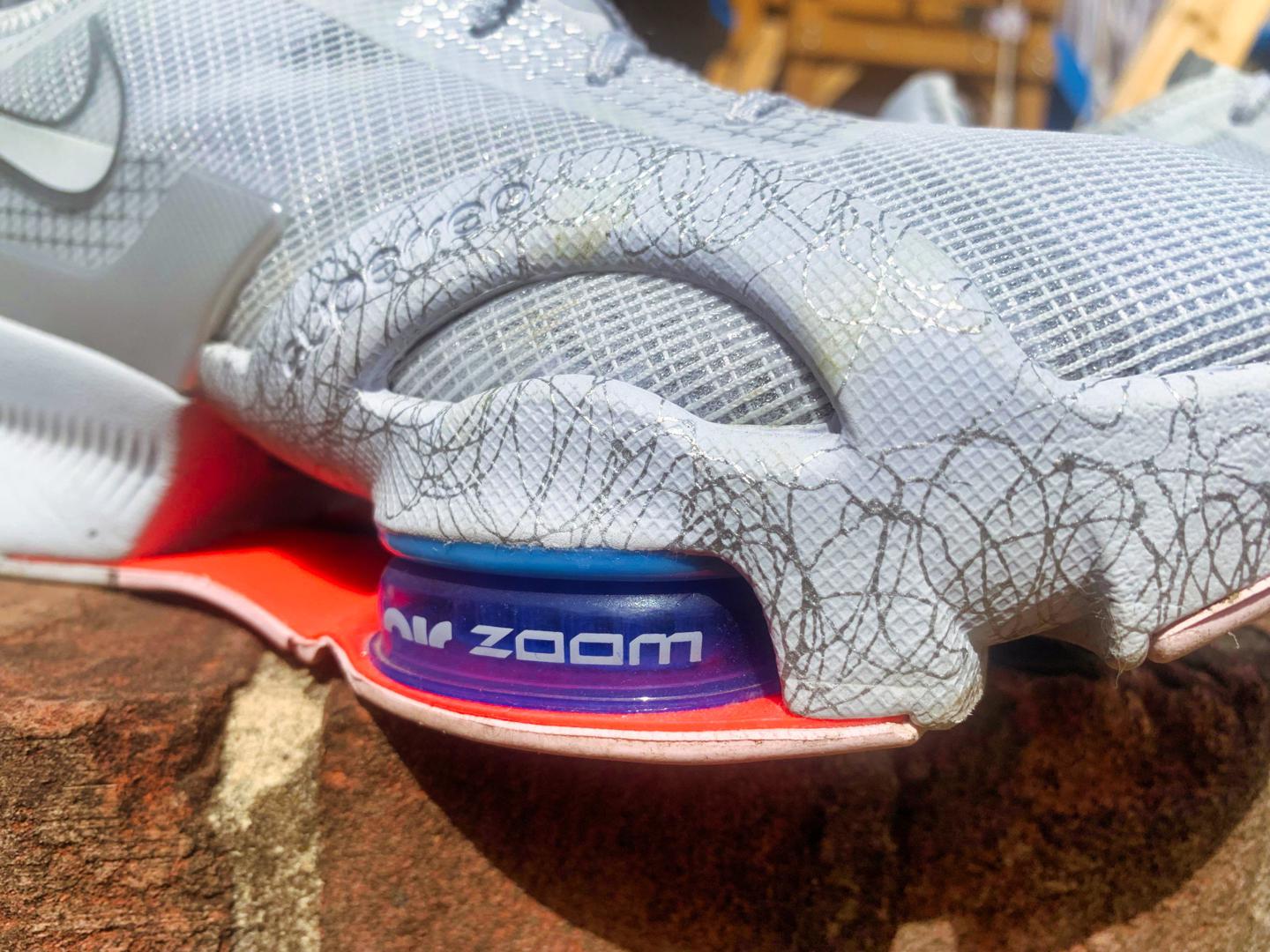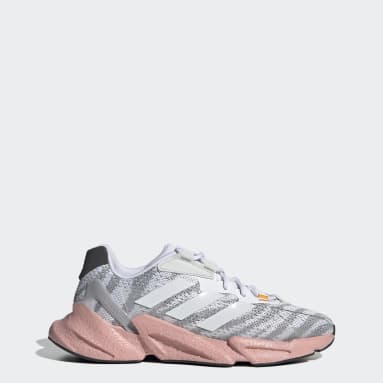
When buying running shoes, you may be wondering how much room you need. Your feet should have room to wiggle and not slide around uncontrollably. The toe box and heel fit are two important considerations when buying a new pair of shoes. You won't be able to run in shoes that are too big or too small.
Toe-box length
Running shoes should have a long toe box. A shoe with a large foot box will reduce blister risk. Swelling can also have an impact on the length of your shoe's toe-box. Toe-socks can be used to determine how much space you need in your toe box.
Running shoes' toe box should be one thumb longer than your longest toe. For some people, this is the second toe. For your foot's freedom to move when running, you need this extra space. Too tight shoes can cause rubbing and blisters.
Wear a heel
A pair of running shoes should have extra space for your toes when you're looking for a new pair. The toe-box of the shoe should be about a thumb's width longer than your longest toe. This extra space will allow your foot to spread while running and absorb the impact of each step.

You should wear the correct size socks when you are trying on shoes. You may have problems fitting if your socks are too thick. Also, remember that your foot tends to swell throughout the day, so it's best to try on your shoes in the afternoon rather than early in the morning. The toe should not be too tight, but the heel should still be flexible.
Toe-box width
Running shoes' toe box width should be one-thinth wider than the longest toe. Extra room is needed for people with longer toes. This will allow your feet to stretch out more during running. Because your feet can swell during running, you will need to leave a bit more room in your toe box.
Your foot's toe-box width will help determine the type of running shoes that are right for you. Shoes with narrow toeboxes will have less room for your feet and may rub against the sides. You will have more room around your toes as well as the ball of you foot if your toes are larger.
Shoe width
When shopping for running shoes, one of the most important questions to ask is "How much space is there in my running shoe?" The correct size should leave a width of about half to one-third of your thumb between the longest toe of the shoe and the end. This will prevent your shoe from sliding or causing your heel pop out when you run. The shoe should be snug enough to fit your foot without rubbing at your heel and toes.
Remove the insoles from your shoes to determine the correct size. Next, try on the shoe with socks on. If the shoe fits well with socks, it will be comfortable. If you have bunions, you will want a shoe that allows for more room between your toes.

Slippage at the heel
You may have experienced heel slippage. This can occur while you are walking or running, and can cause serious injury if it happens. You can fix heel slippage by wearing the correct socks and choosing the right shoes.
To avoid heel slippage, the easiest way is to make sure your shoe fits perfectly. The ideal running shoe should have a thumb's length of room around your heel. However, it is important to allow for some wiggle space. This will make the shoe more resilient to impact and help prevent slippage. You should remember that shoes may not fit every foot in the same way and you might need to adjust your shoe's fit.
FAQ
Are there any exercises I shouldn't do?
Before beginning any new workout program, consult your doctor. You might have injuries or conditions that make it impossible to do certain types of exercise. Some activities also require special equipment. Swimming, for instance, requires both a swimsuit as well as access to the pool.
Does exercise cause me to lose weight?
Yes. Regular exercise will help you to lose weight by burning extra calories. Regular exercise can help you burn calories even when your metabolism is not high.
Can I exercise after eating?
It depends on the exercise you do. After meals, avoid strenuous physical activity because it could cause stomach cramps. Instead, focus on light aerobic activities like brisk walking or biking.
Why is physical activity important?
Physical fitness is extremely important for our health. We must exercise regularly to maintain our weight, strength, flexibility, and cardiovascular system. Exercise also helps us sleep better at night, reduces stress, improves self-esteem, and increases energy levels throughout the day.
Statistics
- Adolescent girls were less active than adolescent boys, with 85% vs. 78% not meeting WHO recommendations of at least 60 minutes of moderate to vigorous intensity physical activity per day. (who.int)
- One study showed that adults who watch more than 4 hours of television daily had an 80% higher risk of death from cardiovascular disease. (heart.org)
- In high-income countries, 26% of men and 35% of women were insufficiently physically active, as compared to 12% of men and 24% of women in low-income countries. (who.int)
- Globally, 28% of adults aged 18 and over were not active enough in 2016 (men 23% and women 32%). (who.int)
External Links
How To
How to motivate yourself to follow a fitness routine
A fitness Routine is a set of exercises performed regularly for a specific period of time. It helps people to increase muscle mass and toning their bodies. Regular exercise improves cardiovascular health, blood pressure, cholesterol, risk of heart disease, stroke, diabetes, anxiety, stress and obesity, as well as other diseases like depression, anxiety and osteoporosis. Regular exercise can also provide psychological benefits such self-esteem.
Why would you choose to make your own fitness program?
To lose weight, improve your health, and become fit, you need to start a fitness program. What makes a fitness routine so important? Let's find out!
What does it mean to follow a fitness routine?
It's about engaging in at least three physical activities per week. You don't necessarily have to spend hours doing this; just 30 minutes of exercise is enough to burn calories and keep you healthy. You must stick to your plan. It doesn't matter if you skip a day or two. Just keep going.
What time should I devote to my exercise routine?
The time it takes depends on how busy and active you are. An average workout takes 20-30 mins. If you are new to exercise, start slowly, with 5-10 minutes at first. You can gradually increase the time you exercise once you are comfortable with it.